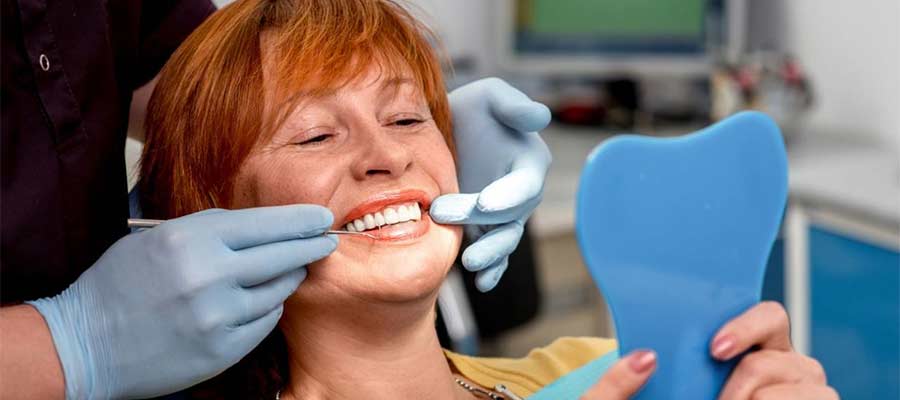Dental Bonding 101: What You Need To Know

Dental bonding is a less known term among many people that come to Dr. Perez seeking treatment. It could be attributed to the popularity of other procedures, such as teeth whitening and fillings. Perhaps they are not as popular because a chipped or cracked tooth is less common compared to dental cavities. However, dental bonding is a common procedure and it does offer numerous benefits.
The dentist starts with examining your teeth to determine if you have any issues, like cavities, before recommending dental bonding. If you are a suitable candidate for the procedure, Dr. Perez will take you through what the procedure entails and what to expect.
Dental Bonding Procedure
Dental bonding is a relatively painless procedure; therefore, you need not be overly concerned. Local anesthesia for numbing your mouth will not be necessary for the procedure and it takes one visit for it to be done. The doctor will highlight these factors to patients thus helping ease their minds.
The bonding process involves a special composite resin that will fix the teeth. It works for broken, cracked, short, or stained teeth. Dental bonding can also be used to fill large gaps.
The dentist will start with finding the right shade of the resin, matching it to your teeth’s natural color. Then the dentist will scrub and roughen the tooth’s surface and apply a liquid that promotes the binding. Next, the composite resin is applied and hardened using artificial UV light. The entire process is fast and painless. The dentist might have to do a few minor adjustments after the composite resin hardens.
Life After Dental Bonding
Dental bonding is not marred by precautions compared to most dental correction or replacement treatments. Nevertheless, Dr. Perez ensures that each patient is familiar with what dental bonding is about and what to expect during the procedure. She never forgets to point out that the composite resin is not as hard or as sturdy as the tooth’s enamel. Furthermore, the doctor always reiterates that patients should avoid biting into hard foods or objects if the bonding is done to the front teeth. As such, pens, fingernails, nuts, and ice are some of the things to avoid putting in your mouth.
Secondly, Dr. Perez informs the patients that the composite resin is prone to staining and resistant to whitening products. Therefore, smoking and consuming lots of caffeine increase the risk of staining. That is why you should watch what you eat and drink after the dental bonding procedure.
Dental bonding can last for years with adequate dental hygiene. Proper care – brushing the teeth at least twice daily and flossing once a day – can minimize the risk of staining. You should call Dr. Perez and schedule an appointment if you feel any rough edges or discover your dental bonding is chipped or broken. Nonetheless, the procedure is a fast and effective dental restoration solution that can be done in one visit. Moreover, it does not require any extensive care or additional precautions.
Category
- About Invisalign and Braces in Pembroke Pines
- About Wisdom Teeth in Pembroke Pines
- Cosmetic Dentistry in Pembroke Pines
- Dental Exams And Cleanings in Pembroke Pines
- Dentist of Pines
- Family Dentistry Services in Pembroke Pines
- Mouthguards and Similar Devices in Pembroke Pines
- Orthodontics or Dentistry in Pembroke Pines
- Pembroke Pines Dental Solutions
- Root Canal Facts & Info in Pembroke Pines

